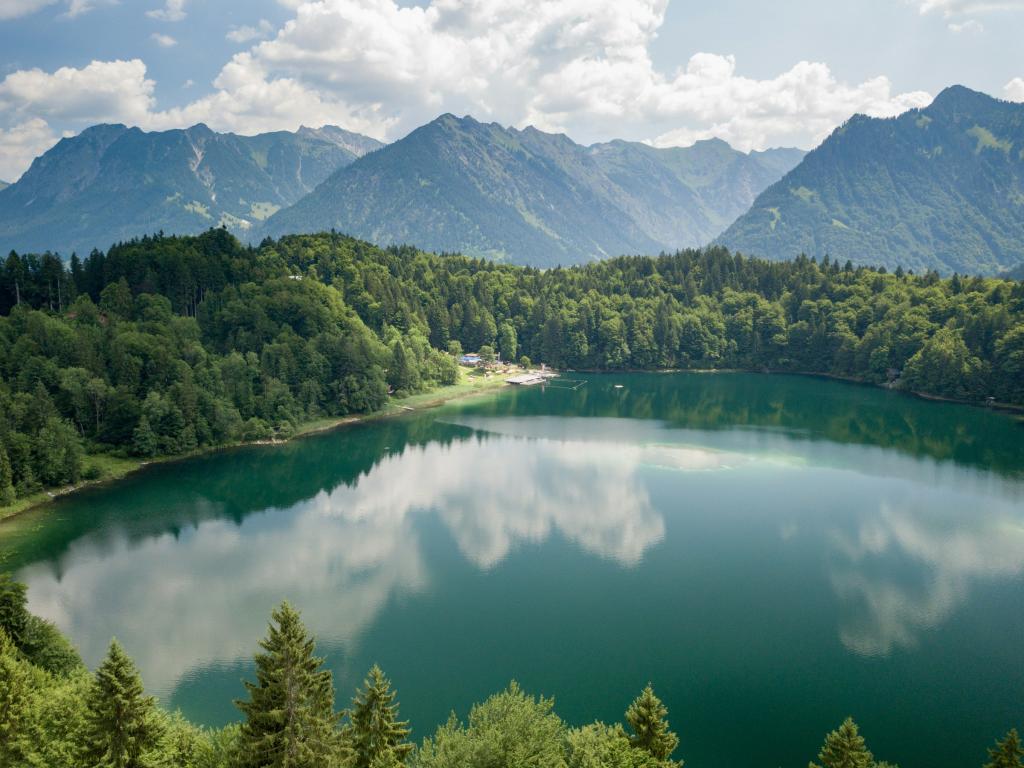
If you’re a lake homeowner, chances are, you know more than the average person about lakes. Maybe you’re familiar with lake science topics like stratification. Or perhaps you’re an expert angler who’s memorized a list of freshwater fish and their habitats. But when you’re entrenched in all the high-level facts about lakes, it can be easy to forget the basics. For example, do you know what makes a lake — well — a lake? Today, we’re taking a deep dive (no pun intended) into the definitions of these major bodies of water on Earth. By understanding how lakes fit into the world’s water systems, we can appreciate our own lakes even more!
Ocean
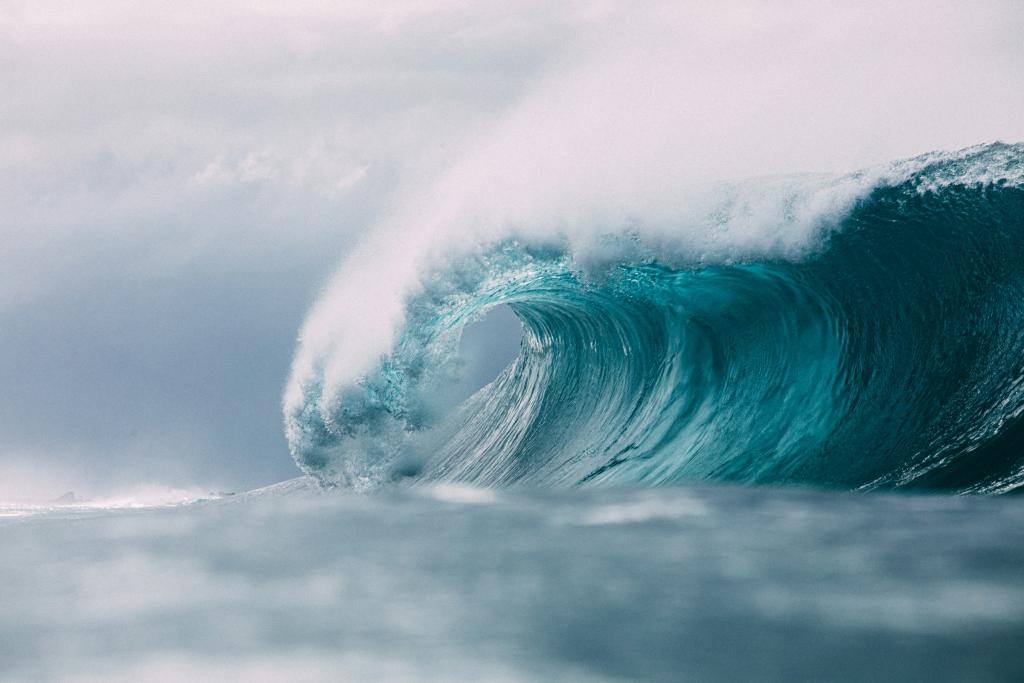
Let’s start with the largest. Consisting of salt water, oceans make up 70% of the world’s surface, and they hold about 96.5% of the earth’s water. Many people don’t know that there’s actually just one big “world ocean.” However, we’ve designated five specific oceans for convenience — from largest to smallest, the Pacific, Atlantic, Indian, Southern/Antarctic, and Arctic. Besides their massive size, the intrigue of oceans also derives from their depth. In fact, oceans are divided into three zones based on certain depth levels. The highest photic zone receives sunlight, the middle aphotic zone is darker, and the benthic zone refers to the pitch dark ocean floor. At each stage, some of the most diverse forms of earth’s life inhabits these ocean waters. Since much of the world’s oceans are still unexplored, a number of fascinating species are still a mystery to us!
Sea
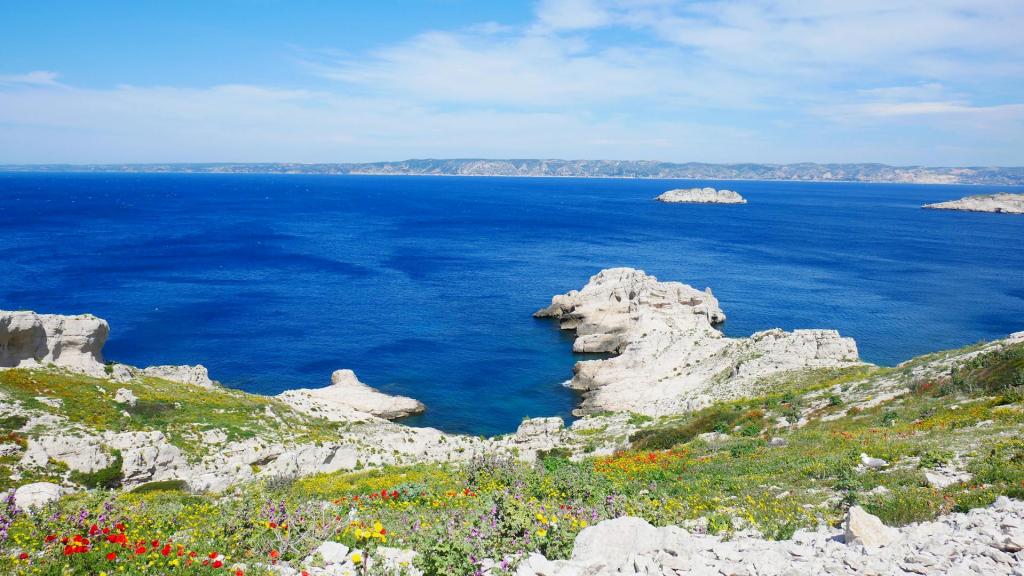
Of the earth’s bodies of water, seas are most similar to oceans. Like oceans, seas are also large bodies of saltwater. In fact, many consider seas to be a component of oceans (e.g., the Mediterranean Sea is a subpart of the Atlantic Ocean). This is not to be confused with The Sea, which colloquially, refers to a nonspecific ocean. However, the differentiating factor between seas and oceans is that seas are entirely or partially surrounded by land. Some examples include the Norwegian Sea, the Bering Sea, and the Caspian Sea (significant controversy still exists over the latter).
Lake
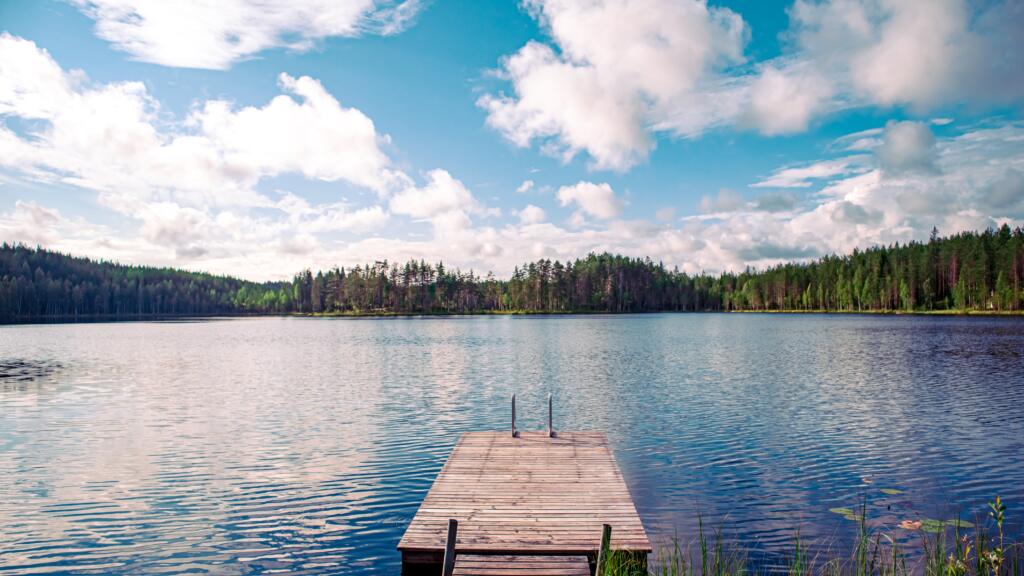
Onto our favorite body of water! Always landlocked, lakes are smaller bodies of water that are completely surrounded by land, not counting the river which feeds or drains it. Unlike oceans, lakes are typically freshwater. However, a handful of salt lakes across the world contain a much higher saline quality than any oceans. Although few would confuse a lake with an ocean, many people do get confused when it comes to the difference between lakes and ponds. Although there is no agreed-upon criteria for this, people usually differ by size, arguing that lakes are bigger than five acres in surface area. Lakes also form differently than ponds, as they develop from retreating glaciers or movement of tectonic plates. Instead, ponds are often manmade, and they may include aesthetic purposes such as a coy pond.
River
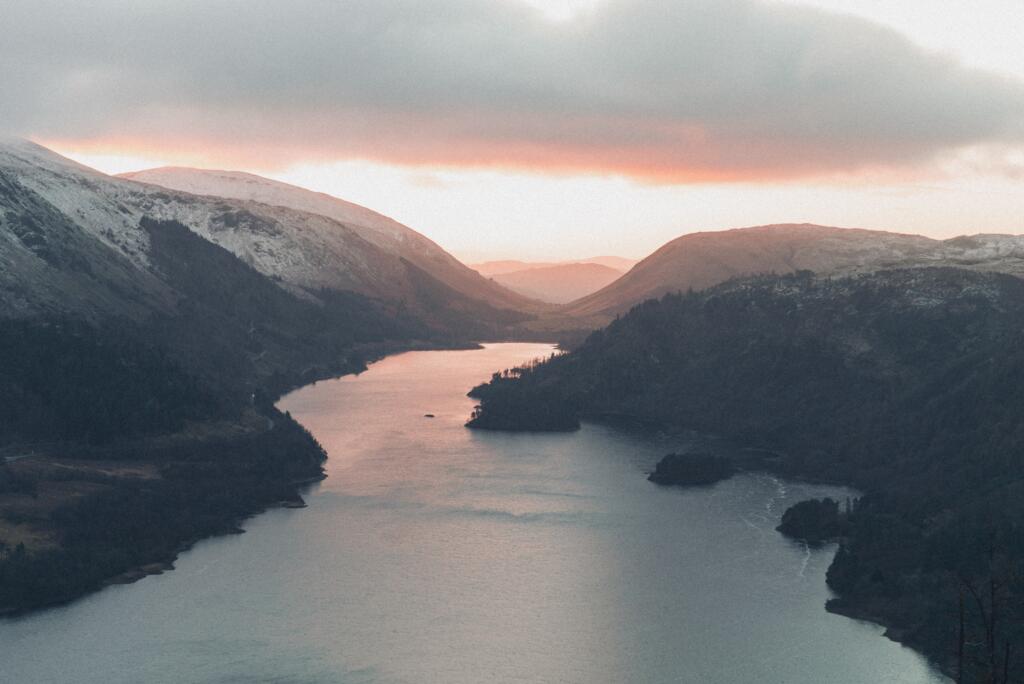
Smaller than a lake, a river is a natural stream of fresh water that has a current and moves toward another body of water such as an ocean or lake. The origin of a river is called the “source.” Since rivers flow downhill, the source is usually high on a mountain or underground spring which facilitates the flow of gravity. The river’s journey ends when it meets another body of water. They convene at a location called the “wetlands”, which forms unique ecosystems full of various aquatic plants. Across the world, the world’s longest river is the Nile at over 4,000 miles while the world’s biggest river is the Amazon in South America.
So there you have it! Here, we’re just focused on the major bodies of water, but this list is by no means comprehensive. There are still canals, fjords, subglacial lakes, and more. While you’re learning, we hope you enjoy your own lake outside your back door!

